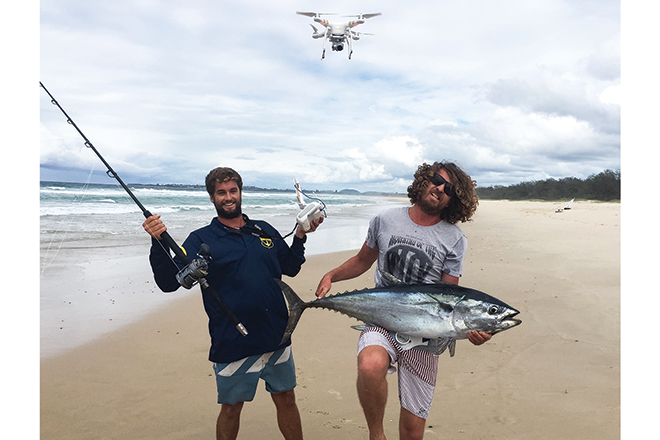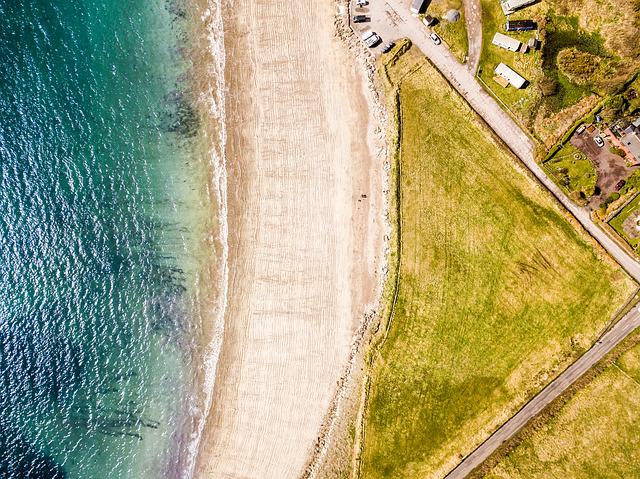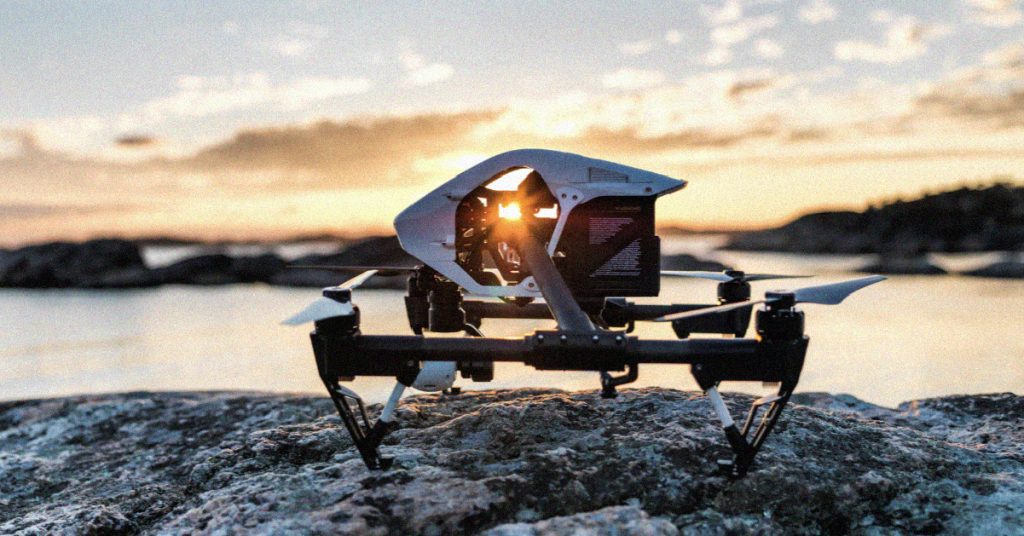
We'll be covering the basics of a drone-fishing rig in this article. We'll also be discussing what to consider when choosing your drone, how to charge it, and the payload. We'll then discuss ways to get the best out of your drone. For more tips and tricks, read on. You will soon be able to fly the drone of your dreams. Let's get !... started and maybe even catch some fish!
Basic drone fishing gear
A good set of hooks is the most important thing when you want to begin drone fishing. The fishing line should have a doubled length and be either mono or braided. It should be tied with a Cat's Paw Loop, Uni knot or Uni knot. You'll also need a sinker between 2-8 ounces and hooks for attaching to each second section of your backbone. You will also need to attach the end loop and snap swivel lead loops to your drone.
There are many ways you can create a fishing drone. Attaching a hook and spinning the drone until the line releases is a basic way. A dropper to keep your fishing line under the drone is another option. A dropper is a device that allows you to keep your main line above the drone and avoid it becoming tangled in the propellers. You can add accessories to your fishing drones, such as a dock and a battery pack.
You'll need some additional equipment after you have purchased your basic drone fishing kit. A long fishing line (approximately 700m) and a bait-dropping device are essential. These are all optional extras, but will make your drone fishing experience more enjoyable. A drone can give you a better view of the surroundings and help you spot fish easier.

Payload on drone fishing rig
You need to know the safety precautions that must be taken if you plan to catch a fish with a drone. Strong winds and rain are not safe conditions for your drone to fly. Here are some guidelines to follow:
First, ensure that your drone is strong enough to carry your weight. You can't load it with heavy lures, braided or heavy line. If you are fishing near the seaside, wind can blow the drone off course. It's also important to check local regulations and laws, as some may not allow fishing from a drone. You need to ensure that your drone is strong enough to carry you when you go fishing.
Next, you need to decide which accessories will be needed to mount your drone. To minimize the problems of weight distribution, it's a good rule to use a rigging that has a central connection point. The best attachment points for drones are motor struts, landing gear, or legs. Payloads attached to the camera and/or gimbal can cause damage. The easiest solution is to tie some fishing line along the length from one corner to another. This can be secured with tape to prevent it from falling out.
Battery life for drone fishing rig
Before you take off fishing with your drone, make sure to check all the gear and batteries. This will ensure that your drone doesn't run out of battery and allow you to concentrate on fishing rather than recharging. Some drones come with solar panels that can be charged by car batteries or solar panels. Be sure to have fully charged batteries before you begin. This will make sure your drone is ready when you arrive at your fishing spot.

You should also consider the drone's flight duration. While some drones can fly longer than others, the average drone can fly for around twenty-two mins. This is a great option if you plan to spend hours on the ocean with your drone. A drone that has limited endurance is likely to be unusable and renders it impossible to catch fish.
After setting up your fishing rod, attach the fishing clip to the drone's legs or motor struts. Next, attach the bait line to the fishing line. Be sure to lock the reel before you fly the drone and unlock it when you're ready to drop the bait. As the drone drops the bait into the water, the tension will increase. It is important to charge your battery before each use or the drone may stop working properly.
FAQ
What laws apply to flying drones?
The Federal Aviation Administration (FAA), regulates drone operations in the United States. You must first obtain a FAA certification before you can operate a drone commercially. You must then complete a course on piloting skills and pass an examination. Final, you will need to pay a fee.
Is it legal to fly a drone in the United States?
Flying drones is an offense in certain countries, including Australia, Canada, Germany and Japan. However, it is legal in other countries like France, Italy, Netherlands, Poland, Russia, Switzerland, Turkey, Ukraine, and Vietnam.
Are drones permitted at public events?
You can fly your drone anywhere you like, provided you adhere to the rules. If you intend to fly your drone at a public event, such as a parade or festival, you will need permission from the organizers.
Is it possible to fly a drone at high altitudes without a license?
The FAA does not limit the height of a drone. However, you must register your unmanned aircraft system (UAS), which includes the registration numbers, model name and weight, size, serialnum, manufacturer's name and date manufactured.
Where can I find a drone for sale?
You can find many different types of drones online. Some people prefer to buy drones online via Amazon, eBay and Walmart. Some people prefer to buy their drones directly from the manufacturer.
What US states are drones legal?
You can legally fly a drone for personal use. The Federal Aviation Administration has created guidelines to allow small unmanned aircraft system (UAS) use. Before UASs can be flown, they must be registered with FAA. If certain conditions are met, the FAA allows commercial operators to fly these UASs.
Traveling with a Drone?
Drones have become increasingly popular for commercial and personal purposes. They are used for video, filming aerial mapping, search &rescue, and many other purposes. The FAA has recently approved several new drone regulations, which include requirements for registration, licensing, pilot training, and insurance. These changes will help ensure that drones remain safe for everyone involved.
Statistics
- According to ZipRecruiter, the minimum hourly wage of drone pilots is $20. (thedroneu.com)
- With the top 10% making over $100/h and the bottom 10% making as low as $10/h. (dronesgator.com)
- According to Indeed, a drone pilot gets paid $25.73 per hour on average in the US. (dronesgator.com)
External Links
How To
How to Fly Drones at a Beginning Level
A drone is a remotely-controlled aircraft that is used for aerial photography and surveillance. Drones are a technology that has been around since World War II. DJI's Phantom series quadcopters were first commercially available in 2010. There have been many types of drones since then, including beginner-friendly drones like the Parrot AR Drone 2.0 and professional-grade multi-rotor crafts like the DJI Mavic Pro.
There are many options for flying a drone.
-
Remote control – This technique uses a control device attached directly to your hands that allows you steer the drone around its flight path. There are two main types: Joysticks (like a radio), and On/Off switches (like an alarm clock).
-
Manual Control – This method lets users remotely control the drone by using a smartphone app. The app will give you instructions.
-
Autonomous flight - The drone takes over the piloting duties. It basically flies autonomously without any human intervention. To enable autonomous flight, the drone should have a built in camera and sensors capable recording images and data.
-
Triggered Flying - This method works in the same way as manual control. However, the pilot has to manually set up a route for the drone and it follows that route until reaching the endpoint. Once the programmed route is completed, the drone lands automatically and returns back to the base.
-
Landing Gear – A few drones come with landing gear. This allows them land safely in the event of losing power or running out of battery.
-
Goggles - Some pilots wear goggles to protect themselves from debris while operating.
-
Camera - Some drones are equipped with cameras allowing you to capture photos and videos from above.
-
Obstacles - Some drones can be equipped with obstacle avoidance systems that prevent them from crashing into obstacles.
-
Speed - Drones can reach speeds up to 40 mph.
-
Battery Life – Most drones will last 20 minutes to three hours depending on how powerful they are.
-
Range - Some drones can travel upto 30 miles depending on their models.
-
Power source - Not all drones can use an external power source. Others can run on internal batteries.
-
Weight - Some drones are lighter than others, while some models can weigh as much as 4 pounds.
-
Size - Drones range from small devices that fit in one's palm to large crafts that weigh more than 50 pounds.
-
Price - All drones fall within a specific price range, from high-end models that can cost thousands of dollars to lower-cost options starting at $100.